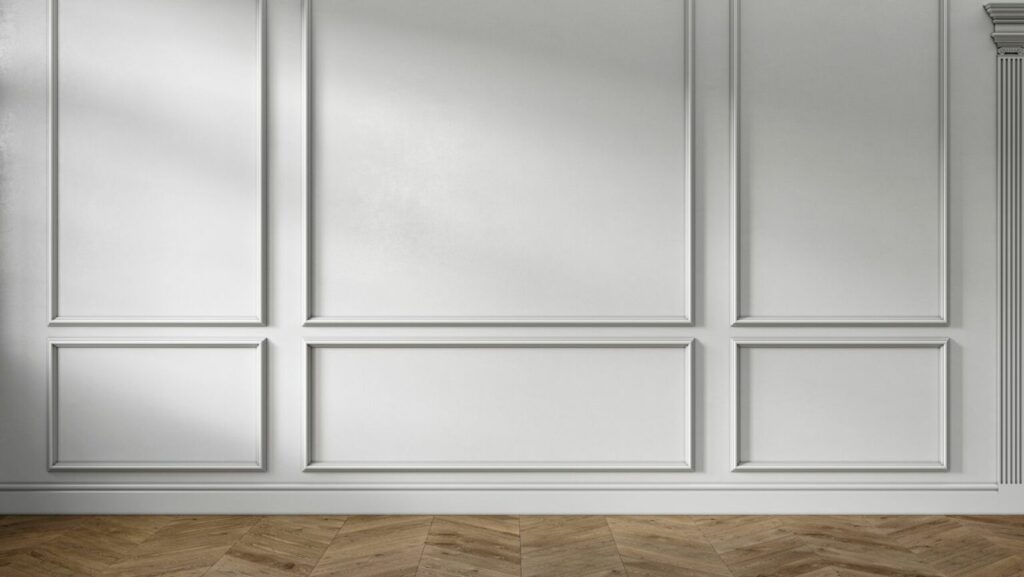In commercial buildings, it is very important to have good acoustic performance. This helps make the environment comfortable and useful for people who use the building. Noise from nearby areas, machines or things outside can disturb those inside causing them not to be satisfied with their experience there. Walls that are made special can help improve sound control and reduce noise problems, which makes it more quiet and better for working, relaxing or socializing activities in rooms of the building.
Understanding Acoustic Principles
To better comprehend the details of wall panel solutions, it is crucial to understand the fundamental principles of acoustics. Sound travels through vibrations in different materials like walls, floors and ceilings. To lessen sound transmission and get good sound control, methods that soak up, stop or scatter sound waves within a room need to be used.
Selecting Sound-Absorbing Materials
Implementing Mass-Loaded Panels
For solving sound control issues in commercial buildings, mass-loaded wall panels are a good solution. These panels are made from dense materials like gypsum board or metal that give them extra weight to stop the transmission of sound.

By increasing the mass of the wall formation, these mass-loaded boards can effectively lessen noise in air and enhance privacy between nearby areas. They find special use in places that need high soundproofing, like meeting rooms, workstations and health care centers.
Utilizing Resilient Channel Systems
Systems of resilient channels provide an answer to the problem of connecting wall panels with a building’s structural framework, decreasing the transfer of impact and airborne noises. Normally, these kinds of systems are made up of metal channels that get put in at right angles to wall studs. This creates a space between the panels on walls and underlying structure. By separating the wall panels from the building’s framework, systems with resilient channels can greatly enhance sound isolation and stop noise transferring between rooms or floors.
Customizing Solutions for Specific Applications
Imp walls have a low-frequency sound insulation design, making them suitable for diverse applications such as recording studios, cinemas and home theaters, or music rehearsal spaces. Every commercial building possesses its individual acoustic necessities according to the planned function, arrangement of rooms and people occupancy. When it comes to choosing solutions for wall panels, it is extremely important to consider the unique needs of each space and customize accordingly. Collaborate closely with acoustic consultants, architects as well as contractors in order to make imp walls tailor-made for your project – resolving noise worries while also enhancing acoustic performance.
Exploring Diffusive Panel Designs
Alongside absorption and isolation, diffusion is a key factor of acoustic design that can be accomplished with particular wall panel styles. Panels that scatter sound waves in different directions are called diffusive panels. They help to lessen the gathering of standing waves and make a more even acoustic setting. These types of panels are frequently utilized in bigger areas like auditoriums, theatres, and concert halls for improving the quality and sharpness of sound for performers as well as viewers.

On-site acoustic testing during construction ensures the final sound performance aligns with design goals. Businesses must invest in these tests to meet building codes and provide the expected noise insulation in commercial spaces, confirming the success of the environment for new projects. Conducting these tests before project conclusion validates that everything has been executed correctly, preventing potential issues that could arise from neglecting such evaluations at the end—avoiding unwanted complications.


More Stories
How to Find Reliable Heater Repair Services Near You
A Guide to Selecting the Right Jewelry This Holiday Season:
Storm Damage Roof Repair: Fast, Reliable Solutions to Protect Your Home